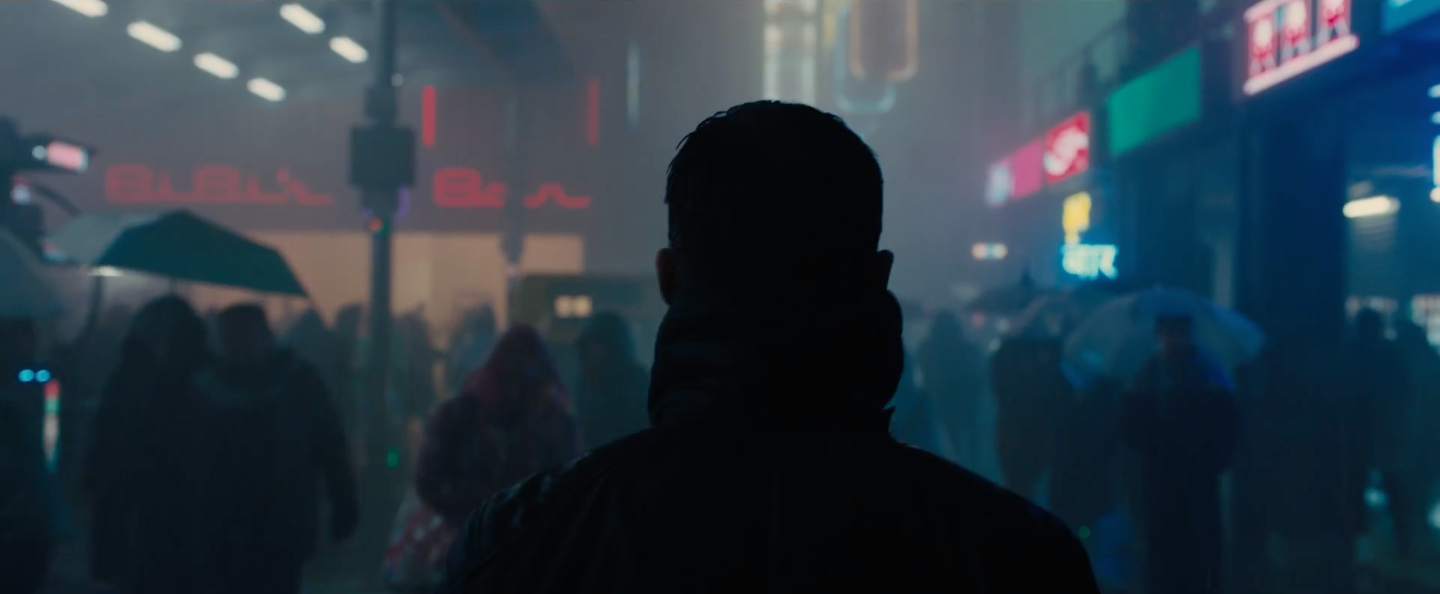I’m alone, I am not lonely. (Neil McCauley, Heat)
I’m not a psychopath, Anderson, I’m a high-functioning sociopath. Do your research. (Sherlock Holmes, Sherlock)
Admittedly, it may be due as much to what I’d read about Drive as to the actual film, but ten minutes into Refn’s much acclaimed film, these two quotes popped up in my head. The Driver, played by Ryan Gosling in such an internalised way it could almost be mistaken for no acting at all, is very much in line with several Michael Mann characters, most of all McCauley as played by Robert De Niro (in one of his last great roles – whatever happened to that guy’s talent, at least for choosing good parts?); in fact, he’s almost a distilled version of all of those strong, quiet men living according to their very own moral code. And in the process of distillation, he’s lost something: when it comes to interacting with others, there is something almost autistic to the guy. He’s 99% blank, though is it because there’s nothing there on the inside or because he’s so much defined himself through his role?

In spite of distracting, extremely loud and though not incredibly close munching (I barely heard my girlfriend eating popcorn right next to me, but there was a person several rows back who sounded like her chewing was amplified through the cinema’s sound system, which must’ve included a crunchwoofer), I was sucked into the film almost immediately, as its first sequences introduces the Driver as a virtuoso professional, and there’s a giddy joy to watching a film present that sort of perfection in similarly perfect cinematic craft. As soon as we see the protagonist in scenes with human beings, though, there’s something lacking, and we start to suspect that this strong, silent type is silent because speaking would reveal his weakness: he doesn’t do the whole human interaction thing. In fact, as we see later in the film, the Driver may be so lacking in these things, he may be downright sociopathic; at least his skill for detached, unflinching, professional violence (he’s definitely not an amateur in the literal sense, he doesn’t seem to enjoy stomping a would-be killer’s head to mush) suggests this.
Until the woman enters his life. And while I like Drive a lot, I see where the criticism of its female characters comes from: Carey Mulligan’s character Irene works well enough for me, but that’s because I reacted to her vulnerability much in the same way the Driver does, but as a character she’s underwritten – again, similarly to the female characters in, say, Heat. (I love Diane Venora’s performance in Mann’s film to bits – “You prefer the normal routine. We fuck, then you lose the power of speech.” – but she, like Irene, is primarily there as a foil for the male characters.)

Then again, Drive isn’t interested in presenting a full range of deep characters with complex motivations – and while I’d definitely say that it’s a smart critique of the near-mythological Strong, Silent Type, I also think that an overly academic discussion may do the film a disservice. (And I’m saying this as someone who’s always up for a pretentious, get-out-our-rulers-and-measure-the-size-of-our-brains academic discussion.) What I reacted to most strongly was the film’s underlying sadness, the protagonist’s inarticulate loneliness. Over-intellectualising the film, while it’d stand up to such analysis, ignores the feelings it evokes strongly and successfully. Like Neil McCauley, the Driver may say he’s alone, not lonely, but if he did he’d be lying to himself. But perhaps it’s these lies that allow his kind to ride off into the sunset, solitary, unencumbered and definitively alone.






